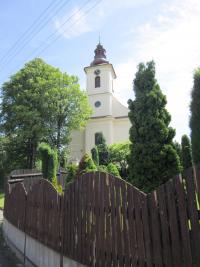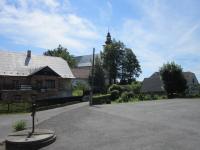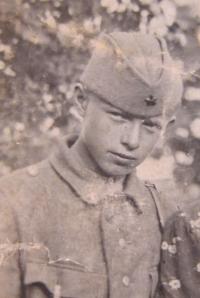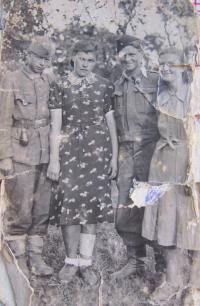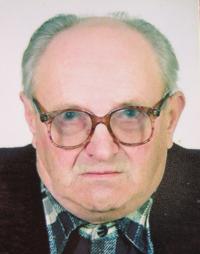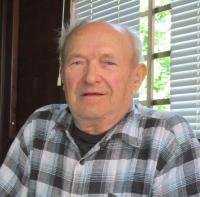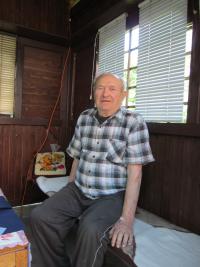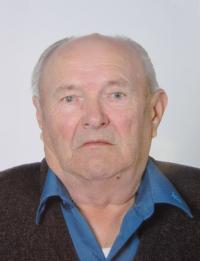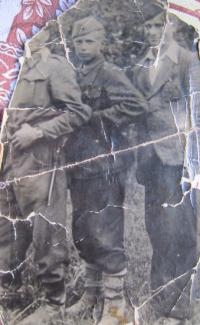We have always claimed allegiance to Czechoslovakia

Stáhnout obrázek
Vincent Laš was born in 1927 in the village Skalitá, which lies in the northeastern part of Slovakia near the border with Poland. He spent a large part of his childhood in the village of Mali Rastovac in Slavonia, where his family moved in 1936 during the economic crisis. During the war – at the age of merely sixteen years – Vincent Laš joined the Communist partisans led by Josip Broz Tito in Slavonia. By the end of the war, he was wounded in the leg in a firefight with the Germans and had to be treated for some time in a field hospital located in an underground forest dugout, before being transferred to a hospital in Pančava. In 1946, the whole family re-emigrated back to Czechoslovakia and settled in a small village called Nová Lublice near Opava, where the witness lives until today. Vincent Laš died on 27 June 2018.
